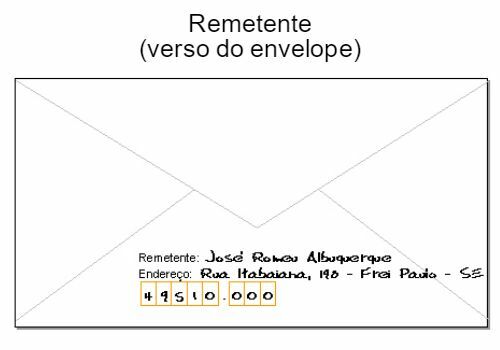recipient is to whom you send something, to whom the correspondence is intended. The recipient information must be on the front of the envelope.

In order for the couriers to correctly deliver the correspondence to the recipients, the sender (who sends the letter) must fill the envelope with the following basic information:
- Recipient's name
- Type and name of address + Number + Complement (if any)
- neighborhood name
- Locality name + Federative Unit (UF) Acronym
- Country (mandatory only if recipient is in foreign lands).
- Zip Code or Postal Code
In the context of communication, the recipient is the party that receives the message or information, also known as listener or receiver.
In English, the closest translation of the meaning of the word “recipient” is container or receiver, but the term addressee, this being infrequent.
Sender and Recipient
These are the forms of addressing used to send correspondence through the postal system.
The recipient, as seen, consists of the destination of the letter, space with the information for sending the correspondence. The sender is the sender, and their information must be marked on the back of the envelope.

see the sender meaning and learn more about the sender and receiver difference.
Manifestation of the recipient
It is an option available for companies to inform the tax authorities when they issue an invoice. Thus, it is possible to control, with the tax authorities, whether the tax transactions carried out with the company's CNPJ are known to the company or of an unknown nature.
In this way, with the addressee's statement, companies can identify possible misuses of their respective CNPJ by third parties.
See also: meaning of CNPJ.
